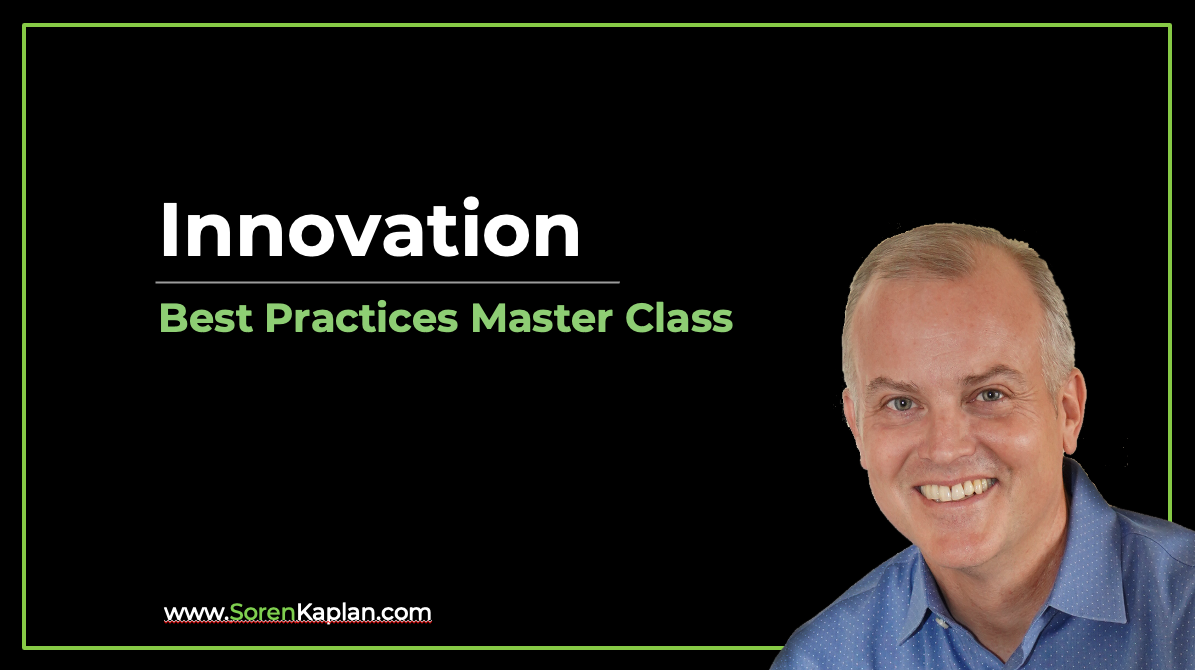What is Agile Innovation Template?

Agile Innovation is a dynamic approach to project execution that breaks initiatives into small, manageable tasks, enabling organizations to rapidly adapt to market changes. It emphasizes fast, cost-effective solutions, tested through continuous experimentation and iteration. By integrating flexibility and efficiency, Agile Innovation accelerates decision-making, minimizes risks, and enhances responsiveness to customer needs.
Innovation is no longer optional in today’s fast-paced business landscape. Companies that fail to adapt risk becoming obsolete in an environment where customer preferences, market trends, and technological advancements shift rapidly. Agile Innovation helps businesses stay ahead of disruption, maximize operational efficiency, and drive sustainable growth. Unlike traditional, linear innovation models that rely on rigid long-term planning, Agile Innovation provides a nimble, customer-driven approach that allows teams to pivot quickly, test ideas rapidly, and scale solutions effectively.
The process involves identifying leadership, defining focus areas, making quick decisions, and leveraging both internal and external resources. This structured yet adaptable methodology ensures that innovation efforts remain aligned with business goals while allowing teams to respond effectively to shifting market conditions. Whether businesses are launching new products, improving internal processes, or adopting emerging technologies, Agile Innovation provides the strategic foundation needed to remain competitive.
Agile Innovation in Business Strategy
Traditional innovation processes can be slow and rigid, often resulting in missed opportunities. Agile Innovation offers a more flexible and iterative approach that helps organizations:
- Accelerate Product and Service Development: Deliver incremental improvements rather than waiting for perfect solutions.
- Enhance Market Responsiveness: Adjust strategies quickly in response to changing customer needs or competitive pressures.
- Reduce Risk and Improve Cost Efficiency: Test ideas in small-scale experiments before committing significant resources.
- Foster Cross-Functional Collaboration: Encourage teamwork across departments and external partners to drive creative solutions.
By implementing Agile Innovation, businesses can maintain a competitive edge, improve customer satisfaction, and increase operational efficiency.
Getting Started with Agile Innovation
Applying Agile Innovation effectively requires a structured yet adaptable approach. Below is a step-by-step guide to implementing this framework in business operations.
1. Establish Agile Leadership and Team Roles
Leadership is critical in guiding Agile Innovation efforts. Organizations should:
- Designate innovation champions to drive and support agile projects.
- Form cross-functional teams that bring together diverse expertise.
- Ensure leadership provides strategic alignment, resources, and decision-making authority.
2. Define the Innovation Focus and Goals
To ensure alignment with business objectives, organizations must:
- Identify specific challenges or market opportunities that require innovative solutions.
- Set clear, measurable goals to guide experimentation and iteration.
- Prioritize initiatives based on impact potential and feasibility.
3. Implement Rapid Experimentation and Prototyping
Agile Innovation thrives on testing ideas quickly and iterating based on results. Best practices include:
- Developing minimum viable products (MVPs) or prototypes for early-stage testing.
- Conducting small-scale pilot projects before full-scale implementation.
- Gathering real-time feedback from stakeholders and end-users to refine solutions.
4. Make Quick, Data-Driven Decisions
Fast decision-making is essential for maintaining momentum. Organizations should:
- Use data analytics and performance metrics to evaluate innovation outcomes.
- Foster a culture of fail-fast, learn-fast to refine ideas without significant losses.
- Encourage teams to make incremental improvements rather than seeking perfection.
5. Scale Successful Solutions Efficiently
Once ideas have been validated, businesses must scale innovation initiatives effectively:
- Leverage internal and external resources to optimize implementation.
- Standardize successful processes to integrate innovations into core operations.
- Continue monitoring performance to ensure long-term adaptability and sustainability.
Lead Successful Innovation Projects!

Project Recommendations for Success
Lack of Clear Innovation Goals
Define a structured roadmap to ensure innovation efforts are aligned with business objectives.
- Establish a clear vision for innovation that aligns with business strategy.
- Set measurable objectives to track innovation progress effectively.
- Assign ownership and accountability for innovation initiatives.
Slow Decision-Making Processes
Empower teams to make quick, data-driven decisions while maintaining leadership oversight.
- Implement decision-making frameworks that prioritize speed and flexibility.
- Encourage iterative testing to refine solutions without lengthy approval cycles.
- Use data analytics to support informed and timely decision-making.
Resistance to Change
Promote a culture of experimentation by encouraging employees to embrace new approaches.
- Foster open communication and transparency about the benefits of innovation.
- Provide incentives and recognition for employees who contribute to innovation efforts.
- Implement training programs to build confidence and adaptability in change adoption.
Failure to Iterate Based on Feedback
Use rapid testing cycles and adjust strategies in response to real-time insights.
- Establish feedback loops to collect and analyze user input throughout the process.
- Encourage collaboration with customers and stakeholders to refine solutions.
- Continuously improve products and services based on market needs and feedback.
Complementary Tools & Templates for Success
- Agile Project Management Board – Tracks tasks and progress in real time.
- Innovation Scorecard – Measures the success of Agile Innovation initiatives.
- Market Feedback Loop Framework – Ensures continuous customer-driven improvements.
Conclusion
Agile Innovation is a powerful approach for businesses seeking to stay ahead in fast-changing markets. By focusing on iterative improvements, rapid decision-making, and market responsiveness, organizations can enhance adaptability, reduce risk, and drive sustainable innovation.
Unlike traditional innovation models that can be slow and resource-intensive, Agile Innovation provides a pragmatic and efficient framework that empowers teams, fosters collaboration, and enhances strategic agility. It allows businesses to pivot quickly, respond to customer demands, and experiment without excessive risk. Organizations that adopt this approach create a culture of continuous learning and adaptability, making them more resilient in an ever-changing competitive landscape.
When implemented effectively, Agile Innovation enables businesses to navigate uncertainty, capitalize on emerging opportunities, and continuously improve products and services—ensuring long-term success in an ever-evolving marketplace. By integrating best practices, structured experimentation, and a focus on rapid iteration, companies can future-proof their innovation efforts and sustain long-term growth.
Lead Successful Innovation Projects!
